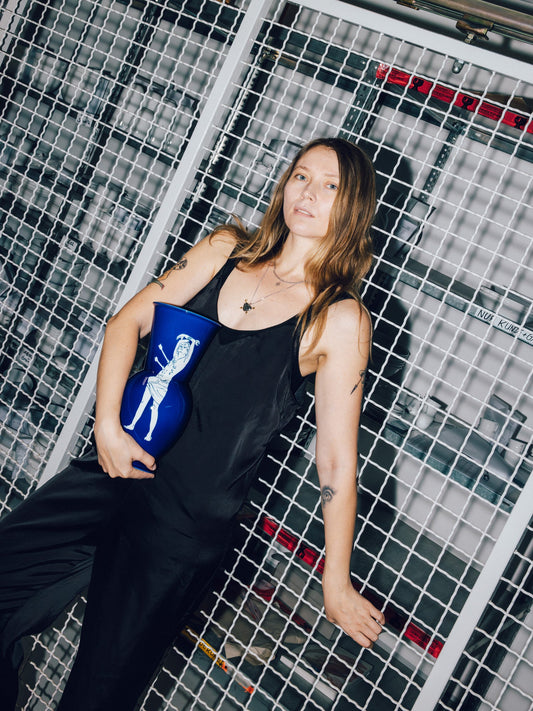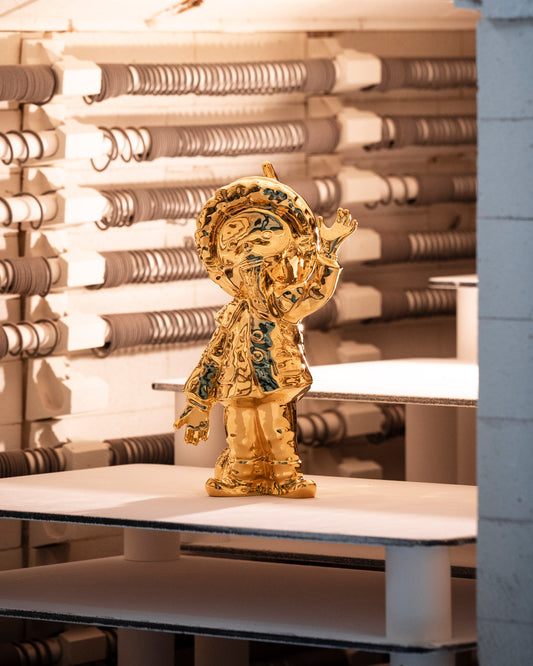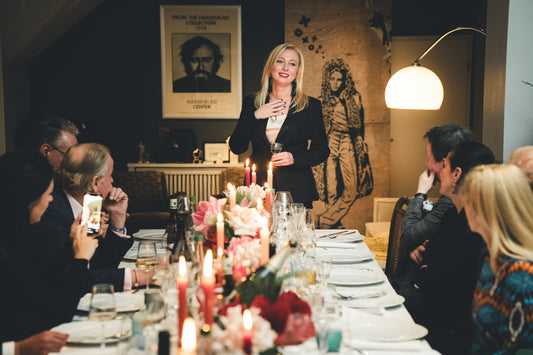ROCAILLE: 250 YEARS OF ELEGANCE ON MAGNIFICENT PANELS
Magnificent, more magnificent, ROCAILLE. When you look at the service from 1767, you can imagine lavish parties, lavishly laid tables and the exuberant fantasy of the Rococo period. We will show you why KPM's most extensive and colorful dinner service reflects the character of an entire era.
The name says it all, as the plates, boxes, bowls and pots are decorated with shell-shaped ornaments known as "rocailles". They are characteristic of the exquisite and precious objects designed by the master modeler Frederick Elias Meyer - albeit still under the name "Antique Zierat". 90 years after its creation, it was King Frederick William IV who personally took care of the service and gave it its current name.
But back to the origins. Frederick Elias Meyer designed ROCAILLE for Frederick II., who appointed the newly acquired province of Wroclaw as his third residence after Berlin and Potsdam. The palace there still lacked appropriate furnishings and so the first "decor Breslau City Palace" service comprised 36 place settings, plates, bowls, tureens etc. "...with gilded antique ornaments and blue mosaics, painted with natural colorful flowers and garlands...", as noted in the order books of the time.
A painterly revolution
The special thing about it was not only the new shade of porcelain, as the brilliant white was due to new raw material deposits. The colorful painting with its many nuances was also of unique quality: variegated parrot tulips and carnations, irises, anemones and ranunculus with interspersed grasses, sometimes surrounded by butterflies, represented a painterly revolution. It is not without reason that ROCAILLE is considered to be the most beautiful Rococo porcelain of all. Tables at Charlottenburg Palace in Berlin are still laid with this service for state receptions for up to 70 people.
After all, socializing at lavishly laid tables is something that never goes out of fashion. Especially in recent years, there has been a renewed interest in a certain table culture. The ROCAILLE, which is over 250 years old, may be a reference to bygone times, but it carries with it an extremely modern idea.


